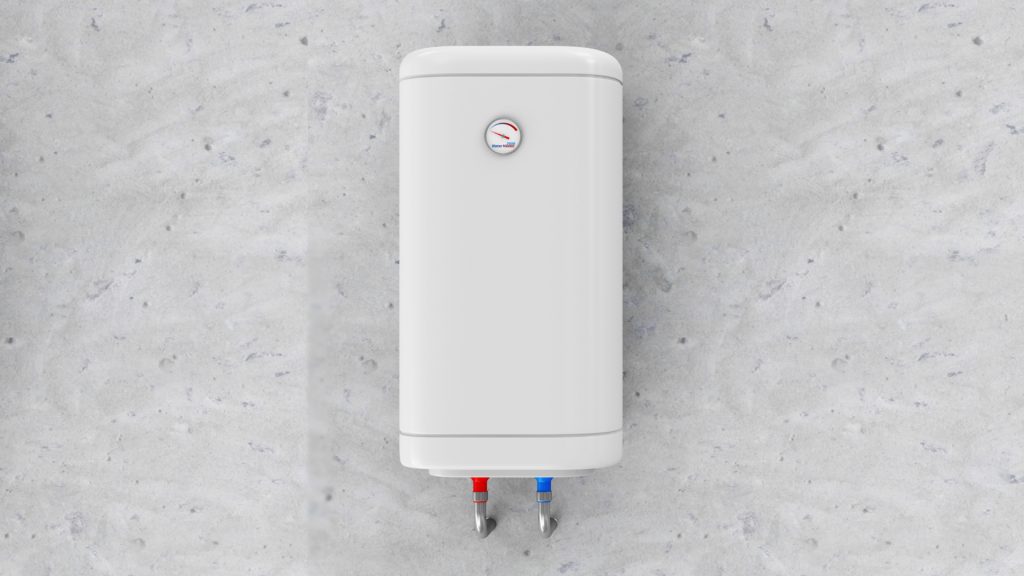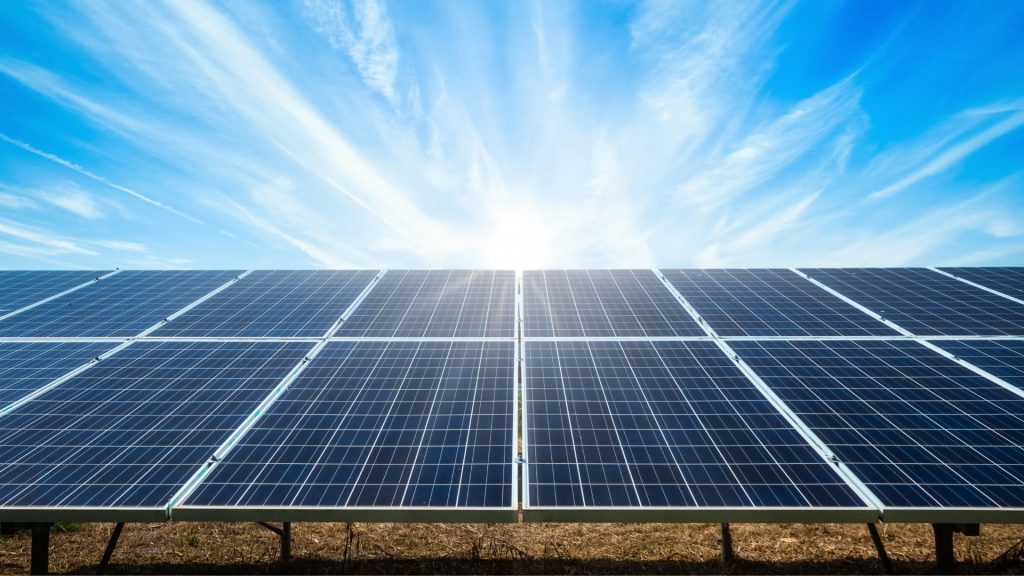Last Updated on November 21, 2022 by Asif Iqbal Shaik
Whenever there is winter, the need for hot water arises in our homes. In most regions in India, hot water becomes important during winter, and to ensure a consistent supply of hot water, electricity-based geysers have proven to be the most viable solution. They are easy to use, relatively safer, and more convenient compared to other water heating devices, such as gas-powered water heaters and immersion rods. Geysers also tend to last longer and save more energy compared to the alternatives that are available in the market.
If you want to buy a geyser for your home, we have made it easier for you through our in-depth article. We will guide you with all the things that you should consider while buying a geyser or water heater for your home.
Geyser Components Worth Knowing

Electric water heaters consist of three main components: a heating element, a thermostat, and a storage tank. The heating element is the most important component since it is the part that actually heats the water. When you are buying a water heater, always give the highest priority to the quality of the heating element, as hard water can damage the heating element quickly. Heating elements coated with glass lining are very effective in preventing scaling if you use hard water in your home. A glass lining over the water heater’s heating element ensures increased lifespan.

The storage tank capacity and quality also need to be taken into consideration. Make sure that the geyser that you are planning on buying is strong and corrosion-resistant. There are two types of storage tanks available in the market: Stainless Steel and Vitreous Enamel. Stainless steel tanks are more or less obsolete over the past few years as they are more prone to corrosion. Vitreous Enamel type storage tanks are more advanced and are coated with advanced polymers to make the geyser corrosion-proof and prevent hard water scaling.

Coming to the geyser’s thermostat, ensuring a good quality thermostat becomes vital, as a good thermostat ensures water from getting overheated. It serves a two-fold purpose, as it also helps reduce overall power consumption. Whatever temperature is optimal for your usage, you can set the thermostat at that temperature.
While most geysers have a knob to adjust water temperature, one can’t know the exact temperature. Some modern water heaters come with a digital display that shows the accurate water temperature. This type of geyser is even more helpful as you can set the exact temperature, so you can set a comfortable lukewarm temperature setting, which means quicker heating and lower power consumption.

Types Of Geysers
There are two main types of geysers available in the market: Instant Geysers and Storage Geysers.
1. Instant Geysers

Instant geysers, as the name suggests, heat up water instantly. Instant geysers usually take up a small space on the wall, and users can access hot water instantly upon switching the geyser on. However, instant geysers are not too convenient during long showers, as they typically release less amount of water on a single heating, and users will have to wait for more water once that amount is exhausted. Often, instant geysers have a storage capacity of 10 litres and cost more than storage geysers.
That said, they cost less when compared with storage geysers if we consider water heating costs. Instant geysers are more suitable for washing kitchen utensils, washbasins, or bathing using buckets. Another thing worth noting is the fact that since there is no water storage tank involved, the overall lifespan of instant geysers is ideally more than storage geysers.
2. Storage Geysers

Storage geysers, when compared with instant geysers, take up a lot of wall space, and users have to wait for a while before hot water is dispensed. That said, once the water reaches the optimal temperature, these geysers have a lot of hot water stored, which is ideal for long showers. Plus, storage geysers cost less than instant water heaters but come at the expense of higher heating costs. The storage heaters can ideally store up to 25 litres of water. The lifespan of storage geysers is usually considered lower than that of instant geysers.
Geyser size

Geyser size is yet another important factor to keep in mind before buying one. The size of the geyser should be in proportion to the family size. For a small family consisting of 2-3 members, a 6-litre instant geyser or a 10-15 litre storage geyser should be ideal. If you have a bigger family with 4-8 members, you should opt for at least a 25-litre storage geyser for the bathroom and at least a 6-litre instant geyser for kitchen and washbasin needs.
Geyser Shape
Conventional geysers are vertically-mounted and are the most popular ones available in India right now. However, horizontal-shaped geysers have also started marking their presence felt lately. If your bathroom ceiling is low, horizontal geysers could be a perfect fit. Otherwise, you can opt for a vertical geyser if you have ample ceiling space. In a nutshell, the geyser shape should be in accordance with the space available in your washroom or wash area.

Geysers For High Rise Buildings
If you are living in a high-rise building, a geyser with a huge storage tank is advisable. The geyser should have a minimum rated pressure of more than 6 bars and should also have a pressure control valve. The valves release the over-pressured water and avoid tank breakage.
Geyser Wattage
The amount of time that a geyser needs to heat the water depends on the geyser’s wattage. Instant geysers obviously have high wattage (around 4.5KW) to instantly heat water, while the standard storage geysers have lower wattage (around 2KW). You should choose the geyser’s wattage depending on your requirements and use case. An instant geyser with more than double the wattage of a storage geyser can also save electricity by heating only the required amount of water and stopping the wastage of water as well as electricity.
Solar Geysers Could Be A Cheaper Option In The Long Run

Solar geysers are way more expensive when compared with the regular geysers available in the market, but they turn out to be far more economical in the long run. Once the initial investment is done, solar geysers don’t require any electricity supply to run and can offer hot water to the whole family virtually free of cost, as they work on solar energy. However, they are not suitable for large flats.
Try To Make Your Geyser Smart
Lately, home automation has become a trend and for good reasons. With a smart plug, you can schedule the geyser on/off automatically and can control it using your smartphone. This could potentially conserve electricity and also help you get rid of those annoying times when you forgot to turn the geyser on manually.
By following the tips that we have mentioned in this article, you can make a smart investment and buy an appropriate and high-quality geyser for your home. We hope that this article helped you make the best decision possible. If it did, let us know in the comments section below.


Discussion about this post